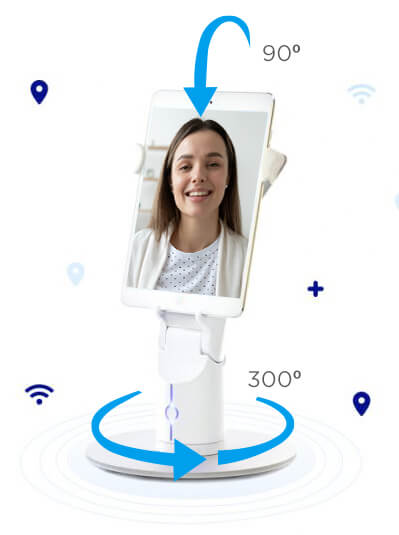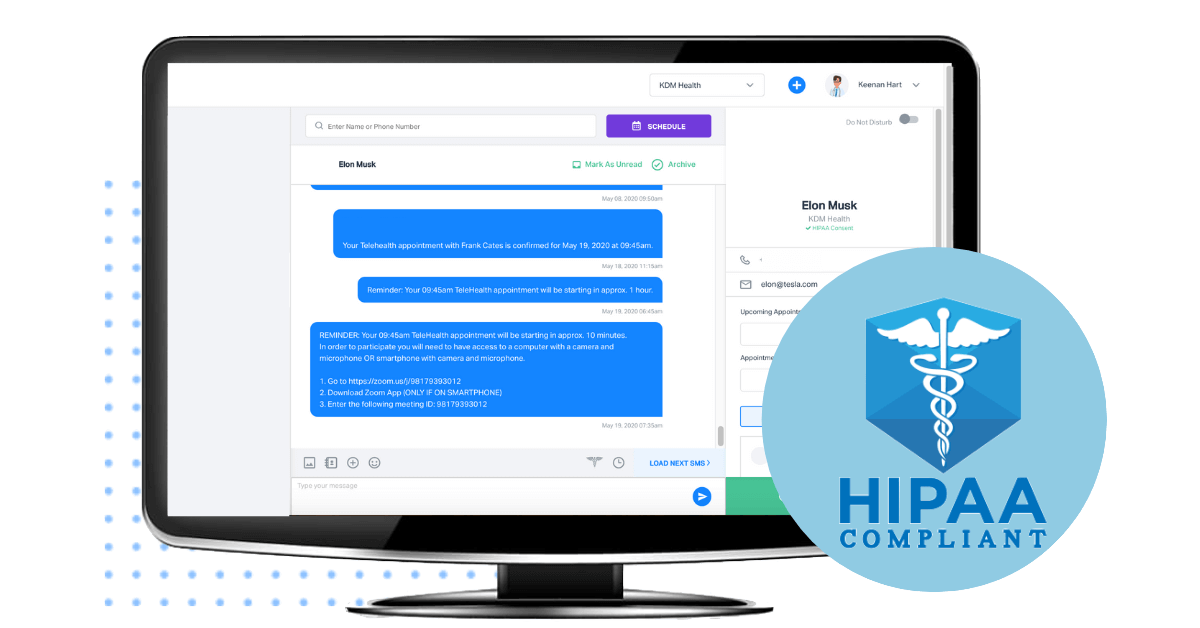Telepsychiatry
Mental illnesses and substance use disorders are among the most common health conditions in the U.S. yet too few people receive treatment. Telepsychiatry via virtual interactions has been proven to be safe, effective and comparable in outcomes to in-person services while offering an enticing array of benefits to both patients and healthcare providers. Some benefits include:
- Unprecedented accessibility. Care can occur from the patient and provider’s location of choice, eliminating barriers such as distance, provider shortages, travel hassles and costs. Treatment delays are minimized. Prompt crisis stabilization occurs.
- Provide the highest quality of care while improving patient satisfaction. Research has shown perceived excellent provider rapport, optimal care, improved treatment and adherence, and increased trust while providing desired anonymity and privacy for individuals receiving services via telehealth for behavioral health and substance use disorders. Whether providing assessment or screening; counseling or therapy; peer support or other interventions, telehealth is proven effective.
- Unmatched convenience. Scheduling flexibility increases; additional visit options equate to more visits and patients. Concerns regarding missed work or school, caregiver obligations and conflicts can be alleviated. Those who are institutionalized, homebound or have mobility challenges are no longer constrained. Convenience results in greater patient satisfaction and higher rates of patient engagement.
- Ability to conduct care from anywhere and work in multiple settings. Whether in private practices, clinics, hospitals, or community settings, behavioral health and substance use disorder practitioners, counselors, clinicians or integrated primary care physicians can serve those who need care via telehealth. As long as regulations and licensure law adherence occurs, a proper internet connection exists, and one has a quiet place to conduct sessions, a clinician can choose to practice as desired, serving various populations.
- Revenue increases are realized. Market differentiation and expansion occurs. Operating costs decrease. Appointment no-show rates decrease while treatment plan adherence increases. Revenue via value based contract incentives rises. Profits escalate from increased productivity and originating site fee capture.
















